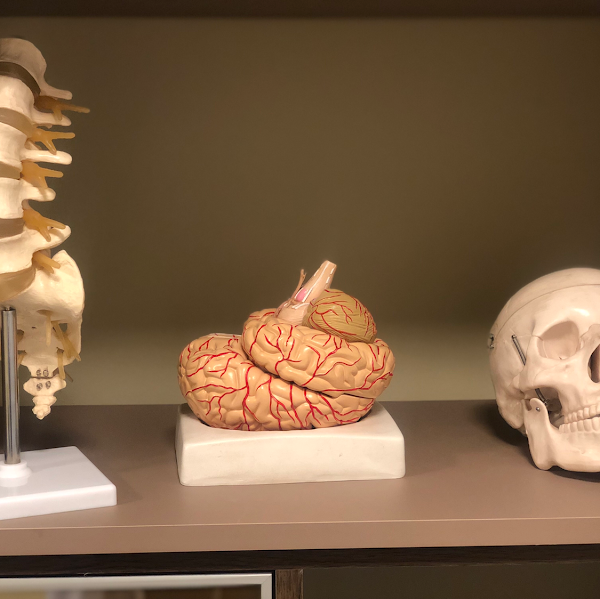Neuroanatomy is the study of the structure and function of the nervous system, including the brain, spinal cord, and peripheral nerves. It is an essential field of study for understanding human physiology and pathophysiology, as well as the diagnosis and treatment of neurological disorders.
There are many excellent books on neuroanatomy that cover the subject from a variety of perspectives, including clinical, functional, and developmental. These books range from comprehensive textbooks to concise atlases, and they all provide valuable insights into the complex and intricate workings of the nervous system.
- Neuroanatomy Through Clinical Cases” by Hal Blumenfeld his book uses a case-based approach to teach neuroanatomy, presenting clinical cases that illustrate the functional significance of various neurological structures. It is an excellent resource for medical students, residents, and practicing physicians, as well as for anyone interested in the field of neuroscience.
- “Atlas of Human Brain Connections” by Marco Catani and Michel Thiebaut de Schotten. This beautifully illustrated atlas provides a detailed and comprehensive overview of the connections between different regions of the brain, based on cutting-edge research in neuroscience.
- “The Human Brain Book” by Rita Carter. This book uses a visual mnemonic approach to help readers memorize the complex structures of the nervous system and understand their functions.
- “Neuroanatomy: An Illustrated Colour Text” by Alan R. Crossman and David Neary
- “Brain’s Diseases of the Nervous System” by Michael Donaghy
- “Neuroanatomy in Clinical Context: An Atlas of Structures, Sections, Systems, and Syndromes” by Duane E. Haines
- “The Human Central Nervous System: A Synopsis and Atlas” by Rudolf Nieuwenhuys, Jan Voogd, and Christiaan van Huijzen
- “Clinical Neuroanatomy” by Stephen G. Waxman
- “Textbook of Clinical Neurology” by Christopher G. Goetz, Eric J. Pappert, and Joseph Jankovic
- “Neuroanatomy: Draw It to Know It” by Adam Fisch
- “Principles of Neural Science” by Eric R. Kandel, James H. Schwartz, and Thomas M. Jessell
- “Neuroanatomy for Medical Students” by J. L. Wilkinson and G. J. Arnold
- “Functional Neuroanatomy: Text and Atlas” by Adel Afifi and Ronald Bergman
- “The Human Brain Coloring Book” by Marian C. Diamond and Arnold B. Scheibel
- “Essential Neuroscience” by Allan Siegel and Hreday N. Sapru
- “A Guide to the Standard EMDR Therapy Protocols for Clinicians, Supervisors, and Consultants” by Andrew Leeds
- “Introduction to Neuroanatomy” by John H. Martin
- “The Brain that Changes Itself” by Norman Doidge
- “Netter’s Atlas of Neuroscience” by David L. Felten, Michael J. T. Fitzgerald, and M. Kerry O’Banion
- “Anatomy of the Brain and Spinal Cord” by J. E. King and M. J. McIlwain
In summary, neuroanatomy is a fascinating and essential field of study for anyone interested in the workings of the human nervous system. There are many excellent books available on the subject, each offering valuable insights and perspectives on this complex and intricate area of study.

